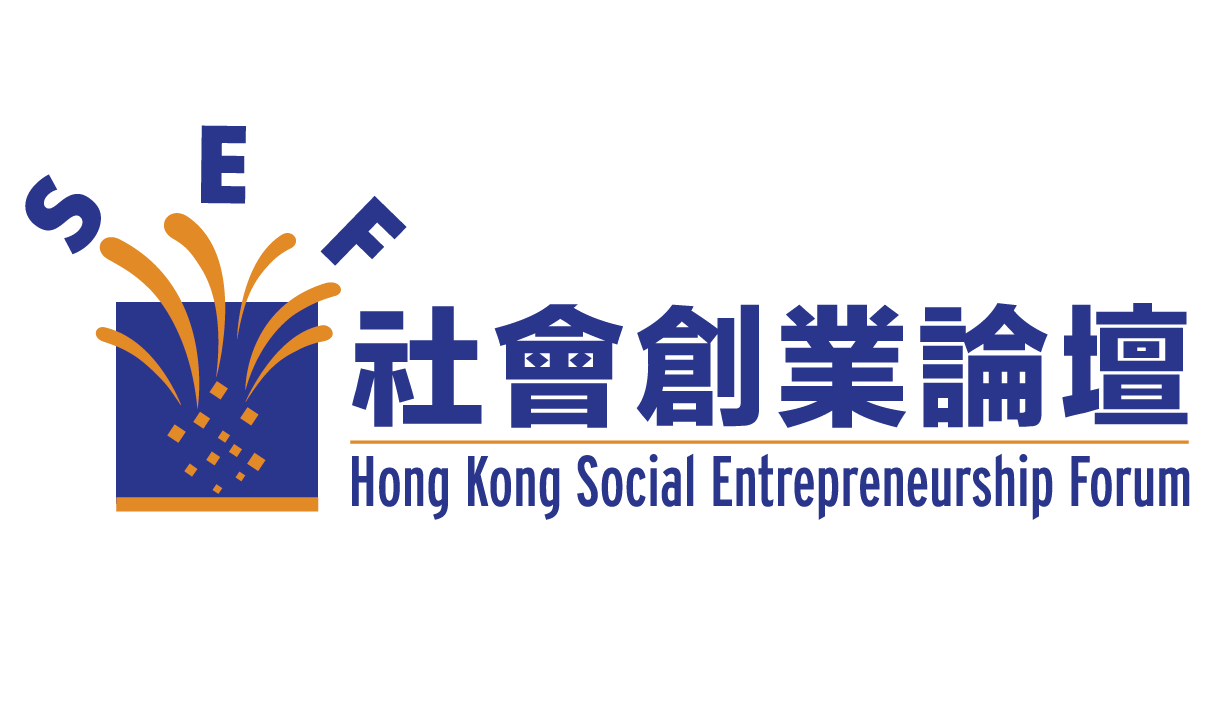Edited by Dr KK Tse
Not too long ago, I published an Open Letter to University Vice-Chancellors in Hong Kong appealing to them to start planning for introduction of a social entrepreneurship curriculum in Hong Kong.
I am pleased to know that at least four universities are seriously considering such an initiative. In this issue, I will focus on a story from the demand side. The daughter of a friend of mine happened to have completed a short course on social entrepreneurship at an American university – Brown University – and I took the opportunity to interview her about her experience.
Her name is Claudia Cheung. She was a high school student in the US when she took this course. She is currently a student at the University of Hong Kong.
Interview with Claudia Cheung
KK: Hi Claudia, please tell us something about the course you took.
Claudia: It was a 2-week long summer program called “Changing Business: Becoming a Social Entrepreneur” under the Brown Leadership Institute Summer Program at Brown University. It was taught by Professor Geoffrey Kirkman.
It had three main components – lectures, guest speakers, and field trips. By the end of the program, we had to create an action plan that takes on an idea for positive social change that is achievable. We all had individual presentations towards the end. For lectures, we studied Harvard Business School case studies of innovative organizations or businesses – like the Bidwell Learning Center, Ben & Jerry’s, The Aravind Eye Hospital, Timberland, and other reading materials on non-profit ventures and businesses with social responsibilities. We also learnt about such things as the importance of having a vision and mission for an organization, elevator pitches, writing a business plan, etc.
For guest speakers we had social entrepreneurs from the local area of Rhode Island and other parts of the country as well as practitioners from non-profit fields. We had speakers from Ashoka, Capital Good Fund, and also some student activists who were actively involved in creating change via business models and innovative ways. We also had a field trip to an alternative homeless shelter as a self-sufficient art space…etc.
The last part of the program was leadership and team building training. It was basically group activities like a ropes course. We also had intellectual exchanges and group discussions on social issues that we all cared about.
KK: What impressed you most about this course?
Claudia: This was genuinely one of the most rewarding experiences I’ve ever had. The most amazing things was that it had a very student-initiated and student-led ambience – to be surrounded by a group of amazing faculty, inspiring social entrepreneurs, other student leaders and camp mates who were very empowering and motivating. The interaction between what we learnt in class, what we heard from various speakers, what we saw in field visits and what we incorporated into our action plans were very coherent. Everyone exchanged ideas on their own social action plans and received very constructive feedback from the professor and each other.
KK: How large is the class? Are the students mainly American?
Claudia: The class size was around 30-40. It was mainly American but we had a fair share of students from around the world. I would say approximately 20% was international.
KK: What specifically did you get out from this course?
Claudia: I got a lot out of it in terms of conceptual and practical knowledge of social enterprises. Conceptually, we learnt about the principle of social entrepreneurship, and how it is different from traditional ways of social change. The technical knowledge was very useful in terms of how to create business proposals with social missions, portraying and conveying an organization’s vision and mission, and other technical concerns such as marketing, branding, presentation skills, etc. What I treasure most was the opportunity to talk to practicing social entrepreneurs and learn from their stories and experiences. It made me appreciate that the most important thing is just to start acting and doing things instead of being caught up with how ideas may not work because then no change at all will be done. I was empowered by learning that and gained the confidence to take action.
KK: I understand that you were not a Brown student when you took the course. How did you manage to do that?
Claudia: I was not a Brown student; I was still a high school student. It was a summer program that targets at high school seniors for college exposure. It is open to everyone.
KK: How much does it cost to do a course like this?
Claudia: The 2-week course costs around USD$3,400. It was sort of expensive. We lived at the Brown residential dormitories for the entire course.
KK: How did you find out about the course?
Claudia: My friend took a summer course at Brown and recommended it, but not this particular course. I read about it on the Brown website.
KK: Would you recommend this course to your friends?
Claudia: Definitely. It was such a great exposure opportunity. I learnt so much from it. I got to meet so many interesting people from such different backgrounds all driven by the same aspiration to make social change – for me that was very motivating and rewarding.
KK: What’s your impression of Brown University?
Claudia: I am quite convinced that Brown is doing amazing things at promoting social entrepreneurship and has a prolific range of resources supporting it.
KK: Thank you very much indeed.
Official Description of the Course
CESO0914: Changing Business: Becoming a Social Entrepreneur
In this course, students will grapple with how organization innovation can help solve societal problems in areas such as education, job creation, the arts, the environment, poverty, health care and finance.
Examples of realistic social enterprise include: how a school could develop alternative revenue streams, how a for-profit company might improve its social impact, or how an organization might re-examine its relationship to the environment.
This course lies at the intersection of the public, private and not-for-profit sectors, and explores how different kinds of cutting edge organizations achieve social goals while remaining sustainable over time. A range of for-profit, not-for-profit and hybrid enterprises are considered and analyzed to show how different business models can achieve social change. Factors such as marketing, operations, fundraising, finance, evaluation and growth will be considered in the context of writing a business plan.
How does innovation take root in an organization? What are social entrepreneurs? What is corporate social responsibility? Is it possible to balance financial, social and environmental returns? How do great ideas translate into sustainable social change?
Students will learn through case studies of innovative organizations, background readings and guest lectures and will be expected to develop their own business plan for a sustainable social enterprise.
Who is teaching this course?
Geoffrey Kirkman is associate director and a Watson Fellow at the Watson Institute for International Studies at Brown University. He was previously managing director of the International Technologies Group at Harvard Law School’s Berkman Center for Internet & Society, where he is currently a non-resident Fellow. His research focuses on the role of information and communication technologies in social and economic development, social entrepreneurship, and Latin American baseball. He has been a Visiting Research Scientist at the MIT Media Lab, a consultant to the 2001 UNDP Human Development Report and a contributor to the United Nations ICT Task Force. He is also president and founder of the not-for-profit Sports for Development Foundation. Kirkman has professional experience in more than 30 countries worldwide, with a particular emphasis on Latin America. He previously also worked for the World Bank in Mexico City and Washington, D.C., and the United States Information Agency in Spain. He is a graduate of Brown and Harvard.
A Note on Brown University
To most people in Hong Kong, Brown University might not be a household name. But it is one of the most respected and reputable universities in the US. Among the informed circle, there is a saying which sums it up nicely: “Harvard trains their students to run the world, Brown educates their students to change the world.”

